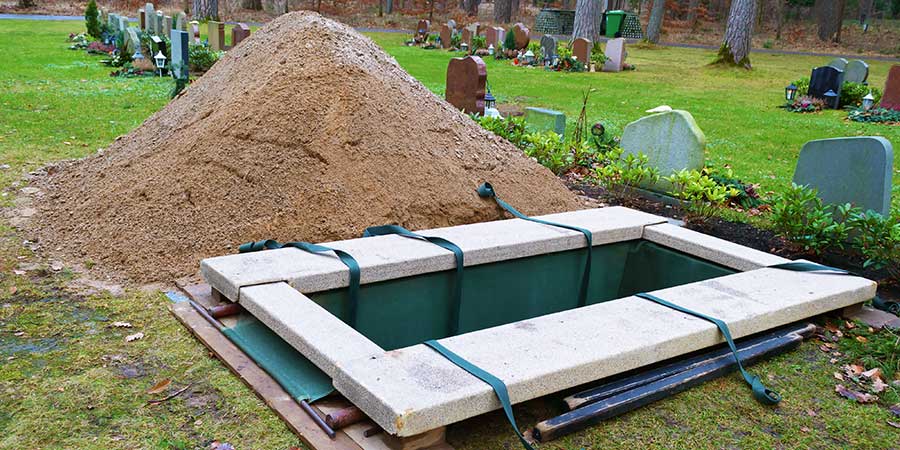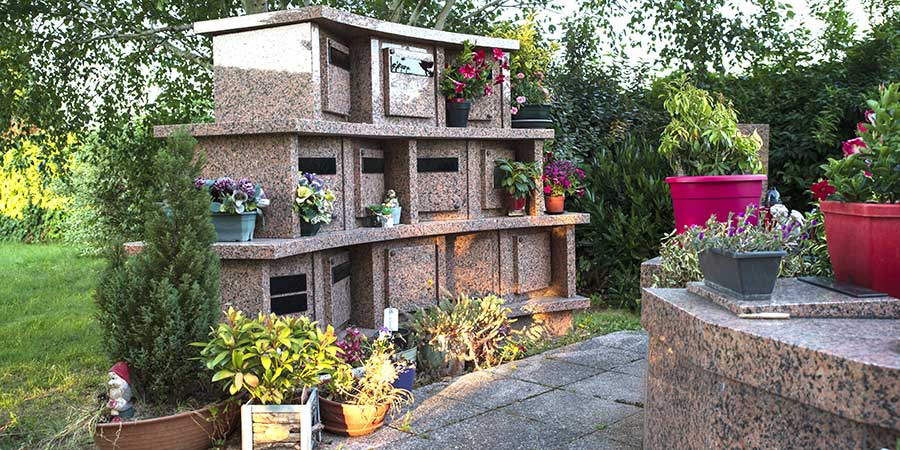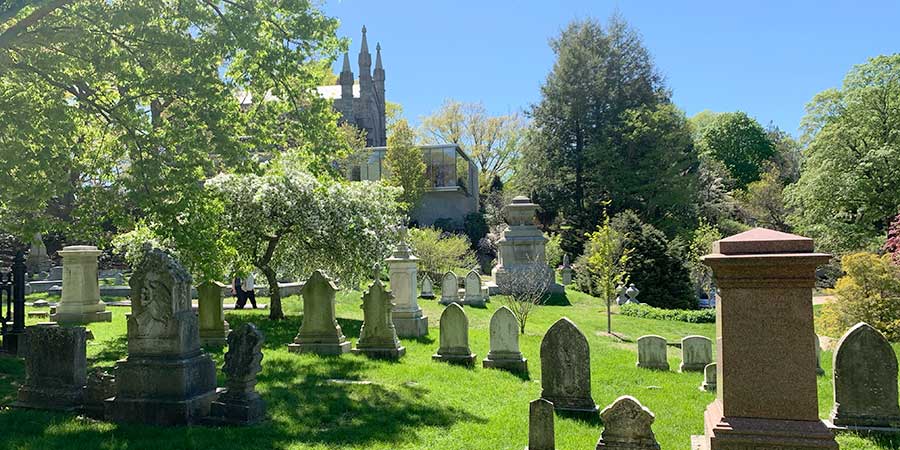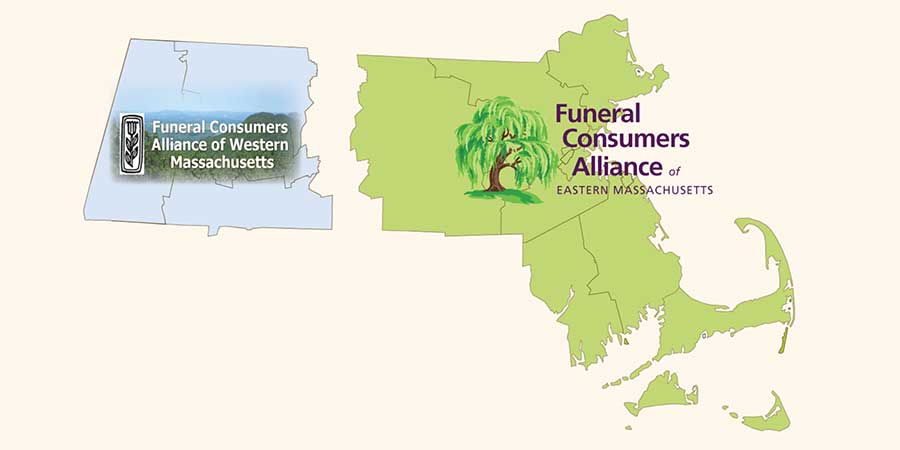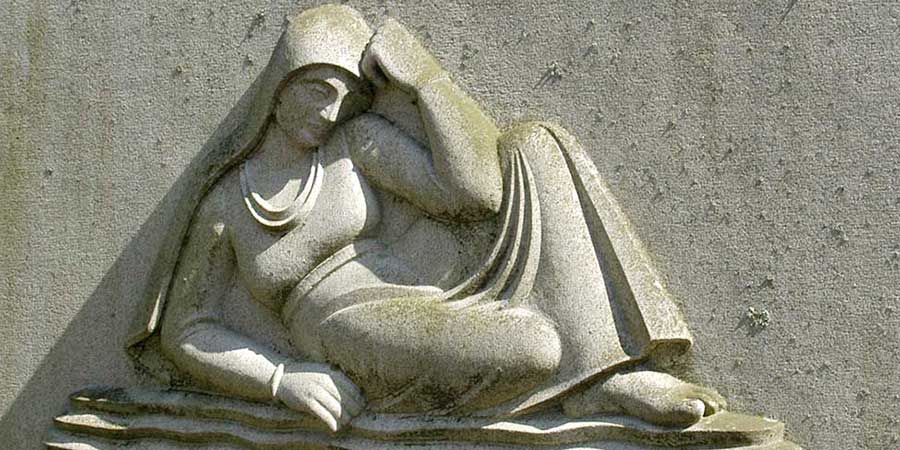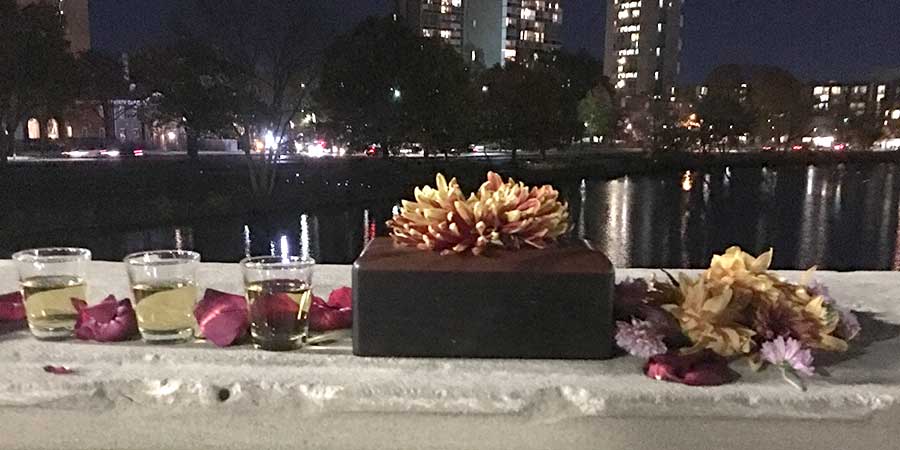By Frank Singleton
The culture I grew up in valued planning for death. Arrangements were made and there was a whole ecosystem in the Irish immigrant community as well as in many others where upon your death you would be waked, buried (with a proper grave marker) and celebrated. My parents’ and grandparents’ generations as well as my wife’s family had deep concerns on being properly buried. They made specific plans for how their deaths would be handled. There was a horror of being sent to the poorhouse and from there winding up in a common grave, or worse, becoming a subject of medical dissection.
When I got married, my new father-in-law gave us two burial plots in the local family churchyard as a wedding gift. No one thought that was strange.
The funeral industry started and developed in the U.S. as a consequence of the Civil War deaths and a strong cultural demand to reunite the dead with their families. This introduced the use of embalming, which is commonplace today, and usually unnecessary.
The handling of the dead here has been an “undertaking” by the funeral industry since then. Our local process did not require embalming or cremation. I am old enough to remember home Irish wakes in my grandmother’s three-decker flat in Roxbury with the body present. When people died at home, care of the body was usually handled by family.
After World War II, these activities shifted from the home to commercial funeral homes. That industry built a whole business on selling caskets, flowers, viewings and more. Cremation was rarely offered or used.
All that has changed.
As a recent Washington Post article entitled “Dying Alone” so well describes, families are scattered; the expense of today’s funeral and burial are such that often cremation and a minimum gathering are held, if even that. Families may even avoid taking responsibility for the disposal of their family dead for financial and other reasons. This has left the funeral industry chasing for new methods of raising the revenue needed to operate. The fees charged for these new offerings can be hefty. Cemetery and cremation industry consumer prices are not regulated in the way funeral directors are by Federal regulation. The result is a consumer nightmare trying to understand what is offered, or be able to afford it.
FCAEM is moving forward with deeper Massachusetts-based analyses of:
- Consumer costs
- The need for regulation of cremation and burial costs
- The abandonment of human remains for multiple reasons
Unlike my parents’ and grandparents’ generations, consumers today often do not preplan how their death will be handled. The close community relationships and expectations with the local funeral system are broken, leaving the consumer at a disadvantage. Negotiations have become similar to dealing with car sales: imagine trying to negotiate a price for a new or used car in the midst of grief or loss. That is what consumers are presented with today.
Costs have become a shifting sand with misinformation and confusing price lists. Industry consolidation occurs as the old sources of revenue disappear, and what was a local funeral home of the community often becomes part of a corporation, perhaps keeping the old funeral home name but in reality, new corporate owners are shaping and running the process, generally raising prices across the country.
Consumers need to beware of the financial traps at a vulnerable time, and be prepared to be educated now more than ever. Everyone must deal with death. Understanding the issues and joining us in reforming the current process is part of our organization’s priorities. Please join us in our efforts. We are the only organization in central and eastern Massachusetts doing this work.




